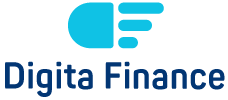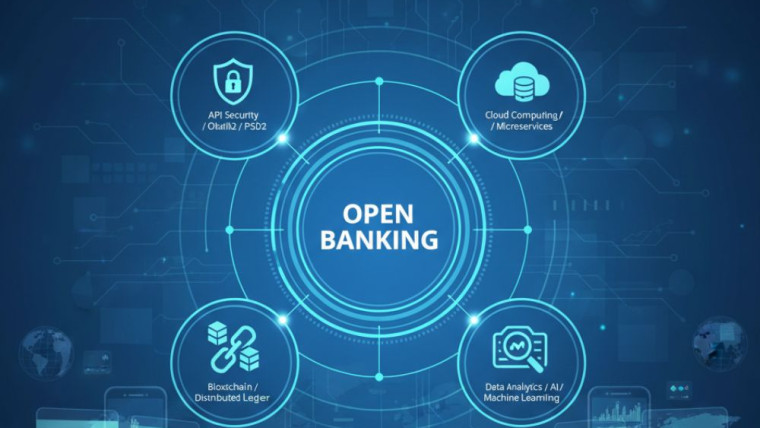The concept of financial markets has existed for centuries. But when we ask, “When was the financial digital markets created?”, we are talking about a specific transformation. A shift from paper-based trading floors to the high-speed, internet-based exchanges we rely on today.
Understanding when this change happened isn’t just about dates. It’s about how technology changed finance forever.
The First Steps Toward Digital Markets
In the early 1970s, trading was still mostly manual. Brokers used phones, paper slips, and physical exchanges to buy and sell stocks. The pace was slower. Mistakes were more common. And access was limited to professionals.
But everything began to change in 1971, when the NASDAQ launched.
The Birth of NASDAQ
NASDAQ stands for the National Association of Securities Dealers Automated Quotations. It was the world’s first electronic stock market.
Instead of people shouting on a trading floor, NASDAQ used computers to match buy and sell orders. It didn’t fully remove human brokers, but it changed the game.
For the first time, quotes and prices were delivered via screens instead of paper. This was the real beginning of financial digital markets.
From Screens to Speed: The 1980s and 1990s
In the 1980s, computers entered more homes and offices. Banks and brokers started using them to improve speed and accuracy.
By the 1990s, the rise of the internet allowed people to trade from their own computers.
The Internet Changes Everything
Once traders had access to the web, platforms like E*TRADE (launched in 1991) began letting individuals trade without calling a broker.
This was a turning point.
Now, anyone with an internet connection could buy and sell stocks from home. It lowered the cost and increased the speed. Suddenly, retail investors had the same access as professionals.
Digital Markets Become the Norm
By the late 1990s, most major exchanges—like the New York Stock Exchange (NYSE) and the London Stock Exchange (LSE)—began digitizing their operations.
Physical trading still existed, but electronic trading was taking over fast.
The 2000s: A Fully Digital Financial World

By the early 2000s, financial digital marketing were in full swing. Trading floors were getting quieter. Screens took over.
But it wasn’t just about stocks anymore.
New Markets, New Assets
With better technology, more assets moved online:
-
Currencies (Forex)
-
Derivatives
-
Commodities
-
ETFs
These instruments, once reserved for institutional investors, became available to everyday traders through digital platforms.
Online brokers improved their services. Interfaces got cleaner. Data became easier to access. And the rise of mobile trading apps made markets accessible 24/7.
Enter Crypto and Blockchain: A New Form of Digital Market
In 2009, something big happened: Bitcoin was launched. It wasn’t just a new currency—it was a new kind of digital asset.
More importantly, it was traded on a new kind of decentralized market.

Crypto Exchanges Emerge
Platforms like Mt. Gox (2010), and later Coinbase (2012), created digital markets that didn’t rely on traditional banks or brokers.
Instead, blockchain technology allowed users to trade peer-to-peer, with full transparency and no intermediaries.
Crypto trading added a new layer to the concept of financial digital markets. It challenged the old systems and offered an alternative way to transfer and store value.
AI, Algorithms, and the Modern Era
Today, the financial digital markets are far more complex.
Trades are executed in microseconds. Algorithms can scan the market and make decisions faster than any human.
Meanwhile, AI tools are helping investors:
-
Predict market movements
-
Analyze financial data
-
Manage risks in real time
This level of automation means that the modern financial market runs mostly on digital infrastructure.
The human touch is still there, but the systems are now driven by data, speed, and precision.
So, when were the Financial Digital Markets Created?
If we have to pin it down:
-
1971 was the start, with NASDAQ introducing electronic trading.
-
1990s marked the transition, as internet-based platforms allowed individuals to trade.
-
2000s sealed the deal, as global markets moved fully online.
-
2010s and beyond brought decentralized systems and crypto into the mix.
So, the creation of digital financial markets wasn’t a single moment. It was a series of innovations, spread across decades, that completely reshaped how finance works.
Why It Matters Today
Understanding when financial digital markets were created gives context to where we are now.
We’ve gone from men with paper slips to smart contracts on blockchain. From limited access to global participation.
From centralized systems to decentralized protocols. And from waiting hours for a trade to settle to seeing it happen in seconds.
This evolution isn’t just a history lesson. It helps us understand what’s coming next.
Final Thoughts
The answer to “When were the financial digital markets created?” can’t be reduced to a single date. It’s more of a journey than a moment.
Starting with NASDAQ in 1971, gaining speed in the 1990s with internet trading, and expanding further with crypto and blockchain—this journey has transformed global finance.
Today, the digital market is not just a version of the old system with computers. It’s a completely new ecosystem, built on speed, access, and data.
As technology continues to evolve, so will these markets. And if the past is any guide, the next wave of innovation may be even more revolutionary. Since the emergence of digital financial markets, a wide range of digital finance tools has been developed to support modern trading and investment.








Embedded Finance: How Seamless Financial Services Are Integrating into Everyday Apps
What Is Digital Financial Literacy?
Biometric Authentication: The Future of Banking Security
AI in Wealth Management: How Artificial Intelligence is Reshaping Finance
Embedded Finance: How Seamless Financial Services Are Integrating into Everyday Apps
AI-Powered Credit Scoring: Revolutionizing Digital Lending in the Digital Finance Era
Harnessing AI in Digital Finance: Revolutionizing Risk Management and Customer Experience
How Open Banking APIs Are Revolutionizing Digital Finance?